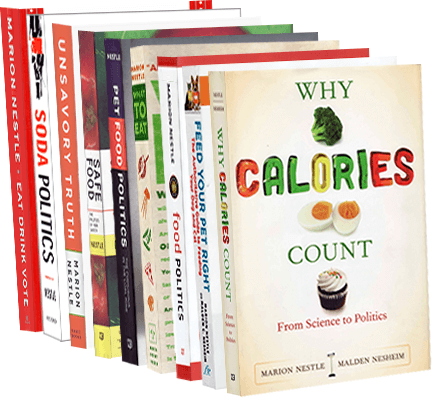Alexandra Lewin, a doctoral student at Cornell, is working with Corporations and Health Watch in Washington, DC, which “tracks the effects of corporate practices on public health.” Her latest contribution is an analysis of the effects of higher food prices on school lunch programs. Given the impossibly small amount of money schools have to work with, they will surely, she says, “find it ever more difficult to say no to an easy source of revenue: soda, cookies, and other junk food. Here we go again.”
On the other hand, Dan Barber, the fabulous chef of Blue Hill in Manhattan and Stone Barns, writes in the New York Times that higher food prices now “could lead to better food for the entire world.” Market forces, he says may well force more attention to the benefits of small farms “bringing harvests that are more healthful, sustainable and, yes, even more flavorful.” This, of course, is what Michael Pollan and Alice Waters were quoted as saying a month or so ago. I hope they are right.

